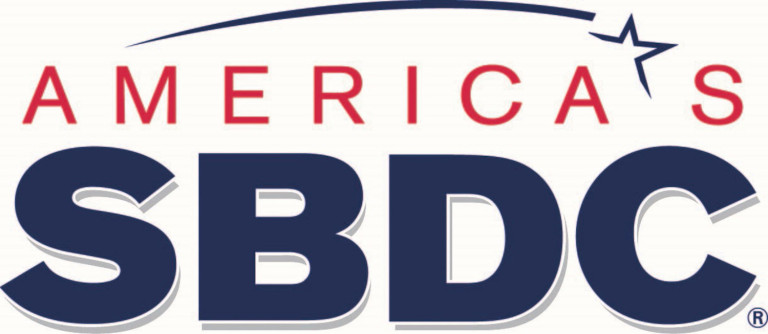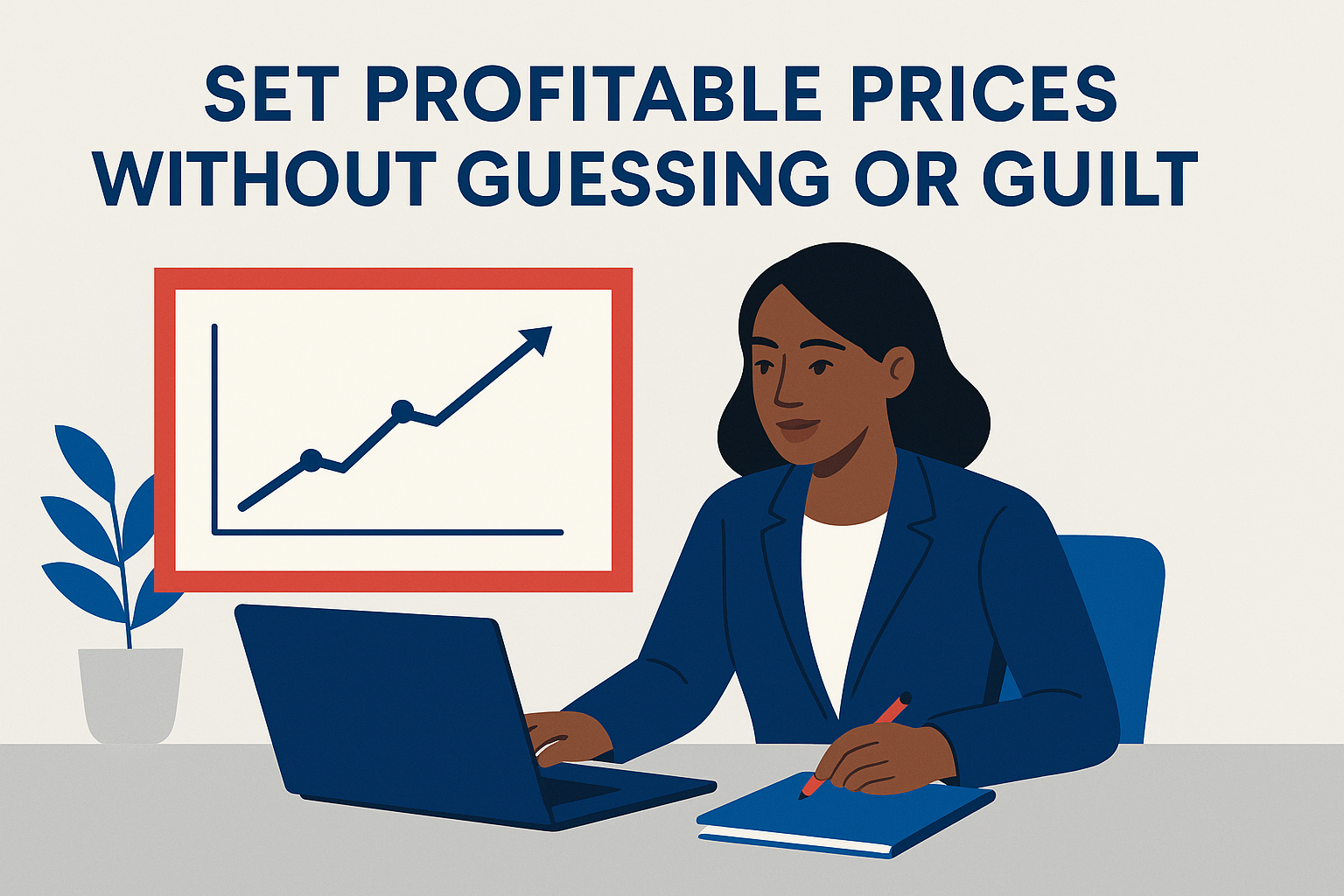[fusion_builder_container hundred_percent=”yes” overflow=”visible” type=”legacy”][fusion_builder_row][fusion_builder_column type=”1_1″ layout=”1_1″ background_position=”left top” background_color=”” border_color=”” border_style=”solid” spacing=”yes” background_image=”” background_repeat=”no-repeat” padding_top=”” padding_right=”” padding_bottom=”” padding_left=”” margin_top=”0px” margin_bottom=”0px” class=”” id=”” animation_type=”” animation_speed=”0.3″ animation_direction=”left” hide_on_mobile=”no” center_content=”no” min_height=”none” last=”true” hover_type=”none” link=”” border_position=”all” align_self=”flex-start” border_sizes_top=”” border_sizes_bottom=”” border_sizes_left=”” border_sizes_right=”” first=”true”][fusion_text columns=”” column_min_width=”” column_spacing=”” rule_style=”default” rule_size=”” rule_color=”” class=”” id=””]
Pro Forma Balance Sheet Template – Dumbing It Down
If you read the Business Startup Page, you’ll know playing with financials is one of my favorite aspects of being a business advisor. So today, my first post, we’re going to talk a little about financials, the balance sheet specifically. Along with that, I’ll provide you with a pro forma balance sheet template, which you’ll find to the left, and walk you through completing it.
Before we do that, let’s talk put a definition on the word pro forma. Pro forma is a Latin term which means “for the sake of form.” In plain English, it’s a form that’s provided as a courtesy. You might hear lenders or maybe even your advisor mention preparing a pro forma for your business loan. Really, they’re just asking for a set of financial projections.
When I prepare a set of financial projections or a pro forma, I like to start with the balance sheet. That is after I’ve gathered all the pertinent information. The purpose of a balance sheet is to give an overview of a business’s financial status. It shows the overall health of the business. The template I provided shows two years, which allows one to see a bit of change over time.
Balance sheets are broken into 3 main areas: assets, liabilities, and equity. Assets refer to anything that the company owns of value. Liabilities are the obligations the company owes. Think of liabilities as the debt incurred to buy assets. Equity is the companies net worth. That is, after you subtract the liabilities from the assets, you end up with a net worth.
At the bottom of the form, you’ll see one more calculation, which I’ve labeled balance check. Keep in mind, a balance sheet is supposed to balance, which is why it’s called a balance sheet. If you’ve entered all your numbers correctly, your balance check should equate to 0. It’s calculated by taking the Total Debt & Equity and subtracting the Total Assets. If your balance sheet doesn’t balance, you’ve got a major problem.
So, let’s look at each section separately.
Assets – To have and to hold
Assets are divided into current, fixed, and intangibles. Think of current assets as those items that’ll be depleted within a year. For example, your inventory should be constantly revolving. You don’t want things sitting on the shelf for years at a time. In fact, the higher turnover for inventory, usually the better. Accounts receivables refer to money owed to you. It might be lines of credits you extend to customers. Other current assets might include prepaid items, such as insurance and cash.
Your fixed assets are those items you keep longer than a year… land, furniture, vehicles. Earlier I mentioned liabilities pay for assets. One important tip I want you to keep in mind. Pay for current assets with current liabilities and fixed assets with long-term liabilities. For example, you wouldn’t want to pay for a $30,000 piece of land with your credit card, which is short-term debt.
Intangibles are a type of long-term assets that are not physical in nature. They might come as patents, rights, goodwill, or other valuable forms. Intangibles are one of the most difficult items to try to finance. Often times the buyer is responsible for paying for intangible assets out of pocket.
Liabilities – How did you cover your assets?
On the upper right side of the template, you’ll find the liabilities. Like assets, current liabilities are those debts to be paid within a year. They can include short-term notes payable to the bank, lines of credits, accounts payable, loans from grandma… You would even classify tax debt as a current liability.
Long-term liabilities are those obligations that take longer than a year to pay. Ideally, you’ll use long-term liabilities to purchase fixed assets. Often times the item you purchase with long-term depreciates about the same rate as the terms of the loans. Debt to officers and shareholders also are accounted in long-term debt.
Equity – The bottom line
The last section refers to the business equity, which I mentioned briefly above. You arrive at the equity by subtracting the total liabilities from the total assets. Equities include money you’ve injected as owners, profits, as well as retained earnings. Retained earnings refers to a part of the net earnings not paid out to the owners. Retained earnings can represent a loss or gain. One thing to keep in mind, retained earnings don’t necessarily equate to cold hard cash in the bank.
So that pretty much sums up a balance sheet. I personally whipped up the balance sheet template specifically for this post. The template is free to use as you please. Nothing in it is protected, so fill free to change things to meet your needs.
What type of tools have you found useful in your business?
Download a copy of your balance sheet from the Resource Library. Use the link below.
[/fusion_text][fusion_button link=”https://backboneamerica.com/resource-library” text_transform=”” title=”” target=”_self” link_attributes=”” alignment=”” modal=”” hide_on_mobile=”small-visibility,medium-visibility,large-visibility” class=”” id=”” color=”default” button_gradient_top_color=”” button_gradient_bottom_color=”” button_gradient_top_color_hover=”” button_gradient_bottom_color_hover=”” accent_color=”” accent_hover_color=”” type=”” bevel_color=”” size=”” stretch=”default” icon=”” icon_position=”left” icon_divider=”no” animation_type=”” animation_direction=”left” animation_speed=”0.3″ animation_offset=””]Access the FREE Resource Library[/fusion_button][/fusion_builder_column][/fusion_builder_row][/fusion_builder_container]






Very simple template, but can definitely be useful for starter companys who don´t need complex financial systems. If I may suggest I would like to see you add more sheets with automated functions, that would be helpful aswell.
Have a great day, and Ill be sure to come back and check ou this page again.
Alex
I love the clarity and simplicity of this post. It may not be everyone’s favourite topic but one thing is for certain, a clear understanding of business finance is an essential for every successful entrepreneur. Yes we can all pay an accountants to bring our accounts up to date for income tax purposes, but unless we understand the basics, we are leaving profitability to chance. Very helpful.
I love the clarity and simplicity of this post. It may not be everyone’s favourite topic but one thing is for certain, a clear understanding of business finance is an essential for every successful entrepreneur. Yes we can all pay an accountants to bring our accounts up to date for income tax purposes, but unless we understand the basics, we are leaving profitability to chance. Very helpful.
Penny, you make a good point about your accountant being able to prepare your financial statements for you. In fact, I prepare financial statements for my client. However, I think this method is a bit of a pet peeve for bankers, as your accountant and/or business advisor isn’t going to be the one sitting in front of the bank explaining the different aspects of the financial statements…. you (the owner) are. Likewise, your accountant and/or business advisor isn’t going to be the ones suffering financially because you made poor financial decisions because of lack of understanding of the business financials.
Good post Renee, insightful. But looking at it from a different perspective do you not feel there are one too many articles on finance written in a similar manner; a little text book like almost. If you could find a way to write your post in a very exciting (or different manner) this could lead to more engagement with your information consumer. It truly would be innovative. The Dummies collection is an example of books that engage their audience in a different way.
I found your explanation of each of the balance sheet sections very easy to understand. Anyone could understand what each meant and what items were included in the total.
As an Accountant I find that these simple to follow pages are a great resource to give to beginner business owners so they can acquire and assess their projected worth.
As I say time and time again, I’m not an accountant (or a lawyer for that matter). So, it’s nice to have an accountant chime in and offer support. You make a great point about using the balance sheet to assess a project worth. I’ve had bankers say they prefer a balance sheet over financial projections. Why? Because the balance sheet (particularly a historical one) shoes the health of a business. Whereas the projections are made up numbers of what could potentially happen.
This post is amazing. The template is so concise and easy to understand. That is so refreshing compared to the possibility of getting overwhelmed when it comes to finances.
Even though it can be overwhelming, it is so critical for all businesses, regardless of size, to keep good financial records.
What a wonderful post!
I agree, Brandy. Understanding the different aspects of your financials are important. A lot of people leave all things financial up to their accountants. It’s fine to have accountants do the work. They’ll help make sure you’re business stays on track. However, you’ll still want to understand what they’re doing. After all, you’ll be the one making the financial decisions about your business, not your accountant.
Hi,
Thanks for breaking down the pro formula. For a someone without a lot of formal finance experience this breakdown was very helpful. I’ll be using this in the future for sure. The tip about paying for current assets with current liabilities and fixed assets with long-term liabilities is great. I learned a lot from this and will check out the rest of your financial forms. I am a budget blogger @ realgirlfinance and enjoy reading about all areas of finance.
Thanks,
Thanks for stopping by, Cathy! Paying for assets with the right type of liabilities his huge. I had a customer the other day who mentioned taking out a credit card to pay for some long-term assets. Just the thought of it fills me with anxiety. Often times long-term assets are the larger purchases that double as collateral. Since they’re their own collateral, they’re often eligible for better interest rates. Credit cards are typically non-secure debt, which tends to have the worst interest rates. Even without matching up depreciation, I would think business owners would want the best deals possible. In my opinion, even a line of credit is usually better than a generic credit card.